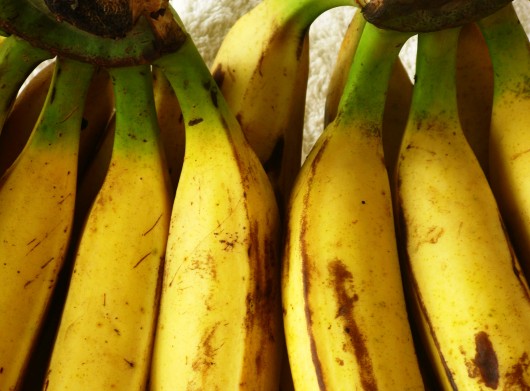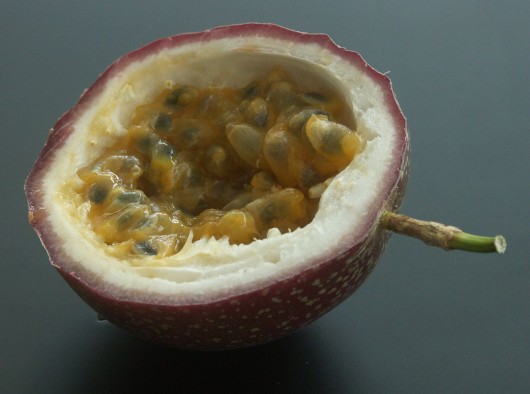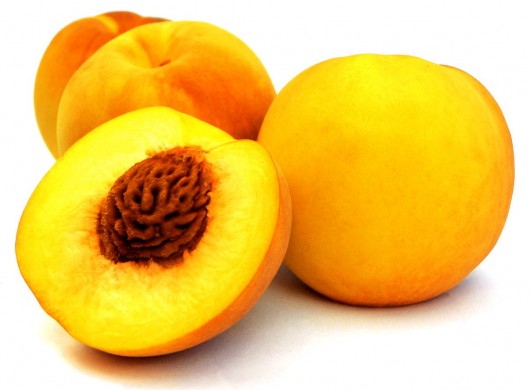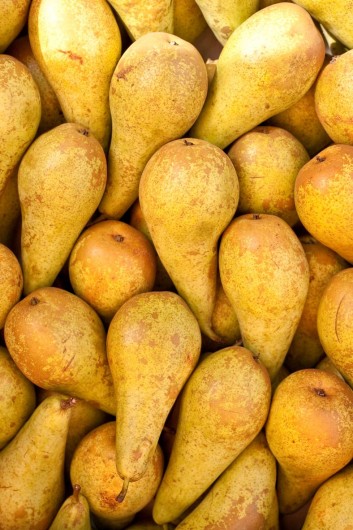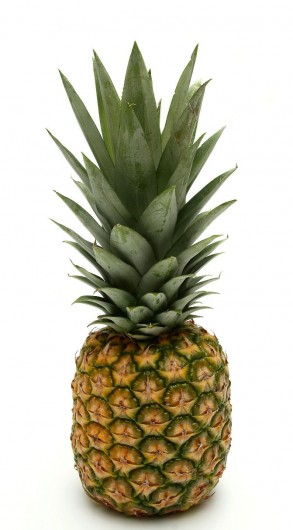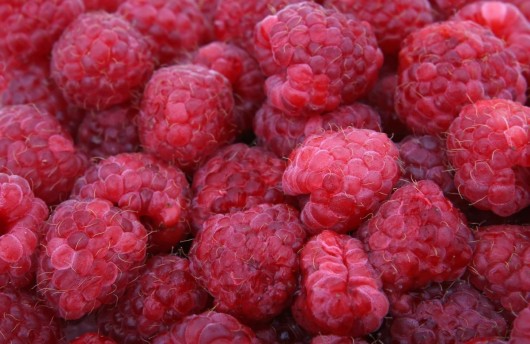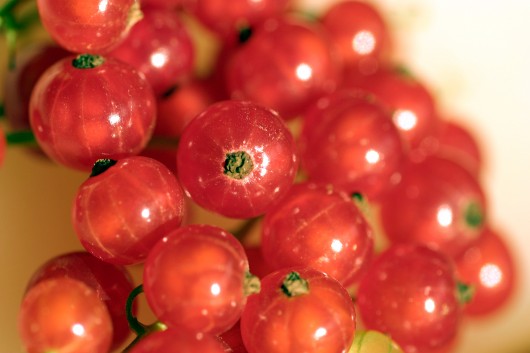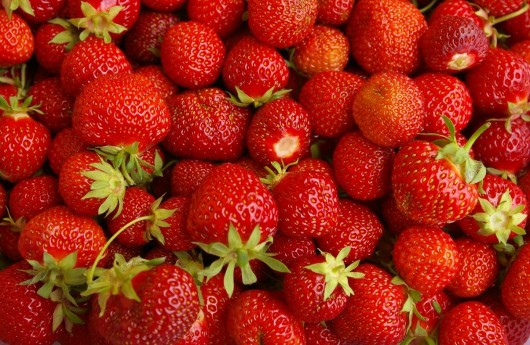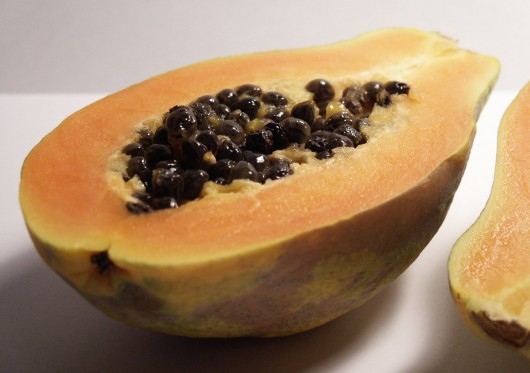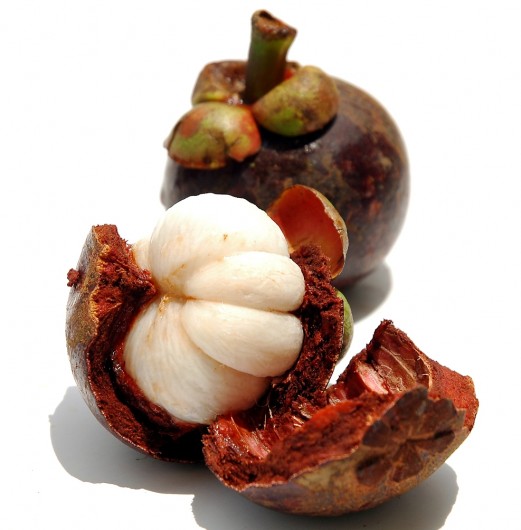Best Bananas for Banana Juice and How to Choose Them
By choosing the best bananas for juicing, a smoothie made fresh in your kitchen from any combination of other additional fruits can be a refreshing and nutritious treat, especially on a warm day.
Banana Varieties
Usually harvested and shipped while green, the potassium-rich tropical fruit is one of the few in which better flavor develops when ripened off of the bush. There are hundreds of varieties of bananas, the Cavendish being the ever-popular yellow specimen on display in our supermarkets. Other bananas that have made their appearance in some United States markets include the red banana, which is shorter and sweeter than the Cavendish, and the large, firm plantain, favored for cooking in Latin American cuisine.
How To Pick A Ripe Banana
When browsing the produce aisle, look for plump bananas and consider how soon you will be using them. Peak ripeness is evidenced by yellow skin flecked with brown specks. If you do not intend to use the bananas in the next couple of days, opt for those that still bear green tints at the ends and along the edges. These still require further ripening to yield optimum flavor and texture. While ripening, keep bananas stored at room temperature, uncovered. Once ripening is complete, bananas may be stored in the refrigerator. Cool temperatures will cause the peel to turn dark brown, however the flesh will remain unchanged for several days.
Avoid any fruits with dark, soft blemishes that are indicative of bruising. Once bananas are cut and exposed to air, they will begin to brown immediately. You can retard this process by brushing the exposed banana with lemon juice.
Making Banana Juice?
Bananas actually do not yield any significant amount of juice; attempts to juice one will likely result in a blob of mush which can clog some juicers. This makes bananas ideal thickening agents for combination fruit juices or smoothies, and they provide enough sweetness that adding sugar becomes unnecessary. Juice other fruits in along with the banana and you will be rewarded with a smooth, refreshing and flavorful beverage. Pineapples, oranges, strawberries, melons, grapes, blueberries, papaya and kiwi all marry well with bananas, use any combination that your creativity conjures up. You can add a little zip by throwing a lime into the mix.
If you have an abundance of ripened bananas, you can freeze them to try another trick. Place frozen bananas into a juicer that has a blank plate or a homogenizing function. The pulp tube will present the purest, smoothest and healthiest banana ice cream that is free of added fat and sugar.
Choosing the best bananas for juicing and combining them with other fruits in your juicer is the perfect way to enjoy the luscious flavors, bright colors and healthy benefits of fruit.
